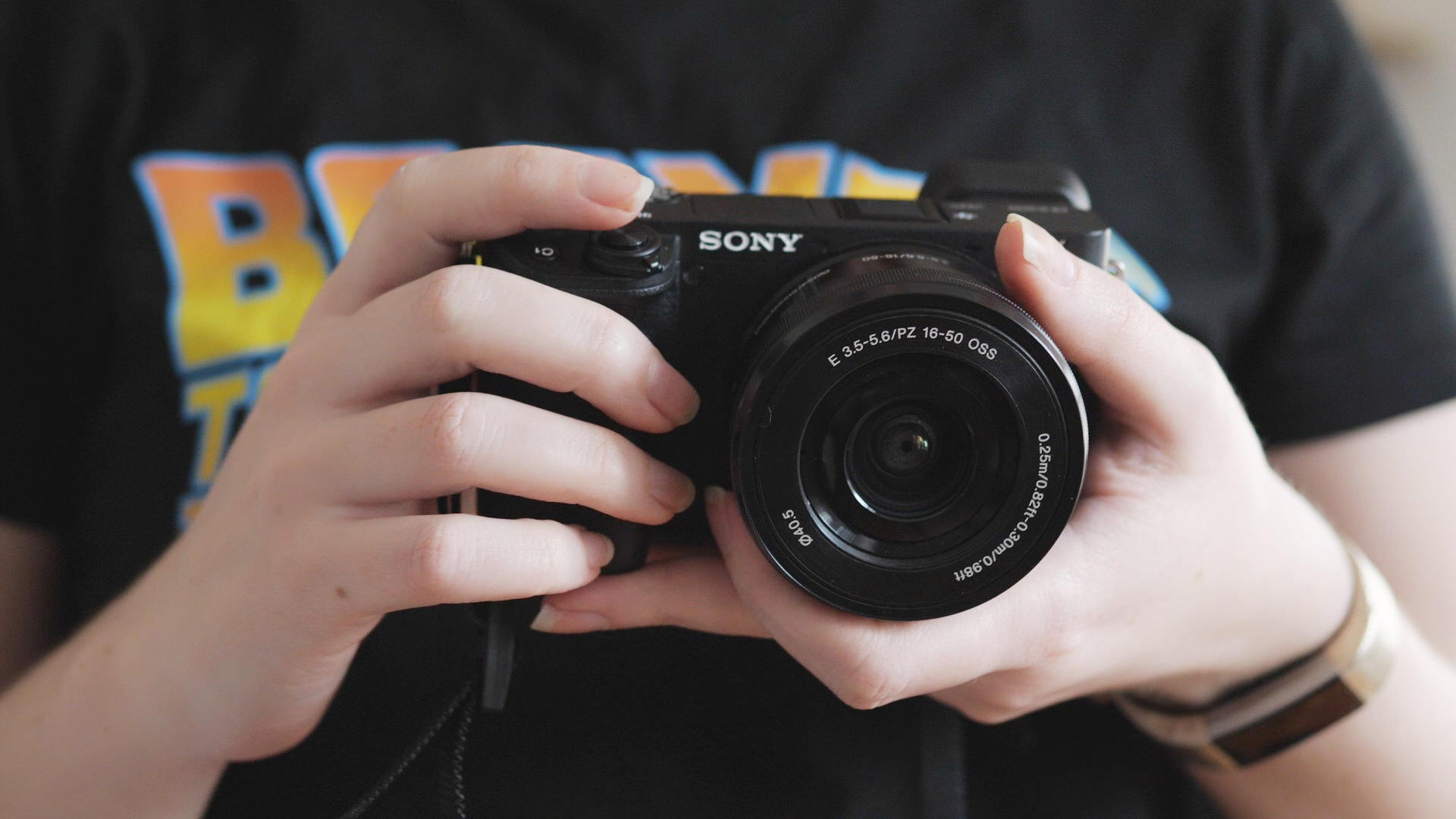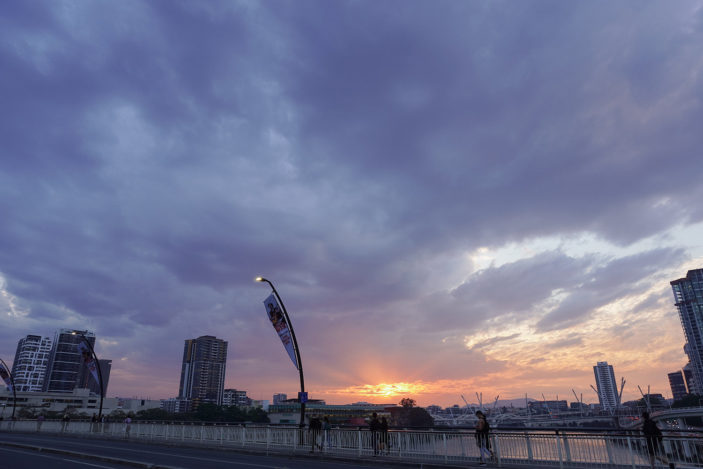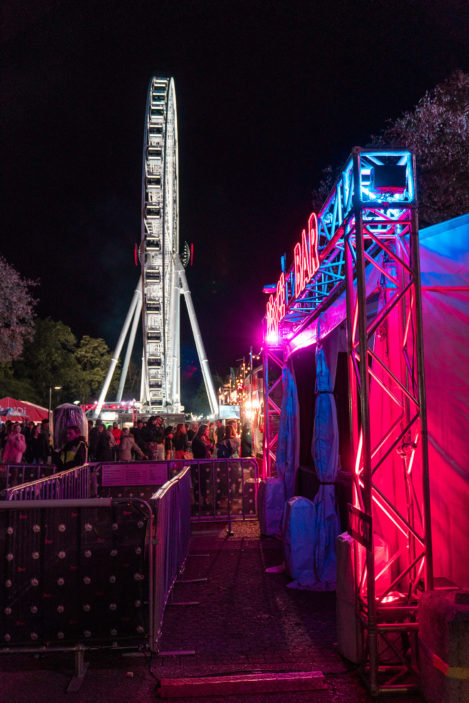
With the α6600 freshly-announced in late August for release in mid-October, now might seem like a strange time to review the Sony α6400. Sure, the α6600 has in-body stabilisation and a bigger, better battery – but it’s also much more expensive, and otherwise a very similar camera to the α6400 – which only hit the market itself in early 2019.
The Sony Australia sales page for the α6400 includes the hashtag #vlogwithsony, which says a lot about who they had in mind when developing this camera. A small and lightweight mirrorless camera with 24.2 megapixel APS-C sensor, 4K video with full pixel readout and no video length limit (besides the ones imposed by your memory card and battery), the α6400 offers a trifecta for success in the world of social media. A dust-resistant, moisture-resistant magnesium alloy body makes it rugged enough to take almost anywhere, and built-in interval shooting allows for easy time lapses to elevate that B-roll. It sports both a microphone input and hotshoe, making audio capture and peripheral mounting much easier. The sales page also claims “a range of features you’d expect from a full frame model”, and while it does perform very well I’m not sure I’d go as far as to compare it to full frame handling.

The 3-inch LCD tilts; promo materials state that it tilts to 180 degrees, which makes it sound like you could flip it upward over the top of the body to effectively self-monitor like the Lumix TZ90 or Canon M100, but that’s not quite the case. It does reach 180 degrees, but the eyepiece around the electronic viewfinder inhibits part of your view of the screen. Considering the #vlogwithsony connection, you’d think being able to mount a shotgun mic for run-and-gun selfie-vlogging with the α6400 would be the answer to all your prayers, but the tilting screen makes it impossible to both self-monitor with that screen and use a shotgun mic mounted on the hotshoe at the same time. If you want to use a shotgun mic and still self-monitor, using wifi or NFC to link your phone with the Sony PlayMemories app will be the only way to go.

The autofocus is the hero of the α6400 — it’s lightning fast and super-accurate, with the absolutely unfathomable acquisition speed of 0.02 seconds. Realtime Eye AF and tracking are a big deal for almost any area of photography and video, unless your subjects are still life – and sometimes even then you’ll want that tracking through panning video motions. I found it to be just as quick and accurate in low light as in brightly lit situations, which is super impressive. Also lightning fast is the maximum continuous shooting speed of 11 frames per second, perfect for action shots. A firmware update was released in June for the a6400 that added real-time Eye AF for animals, RMT-P1BT wireless remote compatibility and overall stability improvements.

Video options on the α6400 range from 4K up to 30p to 1080 up to 120p, but if vlogging on the go is your thing it would be best to wait for the α6600, due for release in mid-October, for its image stabilisation – or shell out for a gimble. It’s not such a big deal for high frame rate modes – slow motion always looks steadier – but for standard shooting you won’t get much smoothness from a handheld shot, even with a lens with some inbuilt stabilisation, which the kit lens does include. As far as audio, there is a mic input tucked onto a panel on the left side and a hotshoe on top to mount a shotgun mic or video light.

The α6400 doesn’t feel particularly comfortable to hold – it’s very boxy, basically a rectangular prism with a grip on one side. Weighing 403g with no lens or or 519g with the kit 16-50mm f3.5-5.6 lens that often comes bundled with the body, it’s not going to cause back pain or hurt your hands after a full day of shooting, but it doesn’t feel easy or natural in the hands either.
The α6400 uses the Sony E-mount compact system lenses designed for their mirrorless range of bodies, meaning you have an array of 18 APS-C ready lenses to choose from, whatever your photographic area of interest. I tested the camera with the kit 16-50mm lens (24-75mm equivalent), which works just fine and does sport some Optical Steady Shot stabilising technology of its own, but if I were to continue using an α6400 I would definitely invest in some “faster” glass — a lens with a bright aperture of f2.8 or wider — to enhance its portrait and low light capabilities.

There’s one big thing I couldn’t get used to about the body design of the α6400 — the placement of the video record button, tucked onto the outer corner of the right hand grip. I must be very much a creature of habit — I kept looking for it in the more typical locations on the back of the body, or on the top near the shutter, and I would quite often accidentally cover it with my hand while searching for it. I completely understand why they’ve chosen that spot — it’s close to your thumb and difficult to press by accident — but for anyone coming from another camera model with more traditional record button placement it would take some adjusting to.

While the ergonomics of the α6400 hold it back a little, it’s definitely not a deal breaker on such a fast and capable small mirrorless camera.
THREE STARS (OUT OF FIVE)
Highlights: Amazing autofocus, great photo and video performance, no video recording time limit
Lowlights: Ergonomically uncomfortable, hotshoe inaccessible for mounting shotgun mic with screen flipped up
Manufacturer: Sony
Price: $1499.95 body only, $1699.95 with 16-50mm lens
Available: Now
